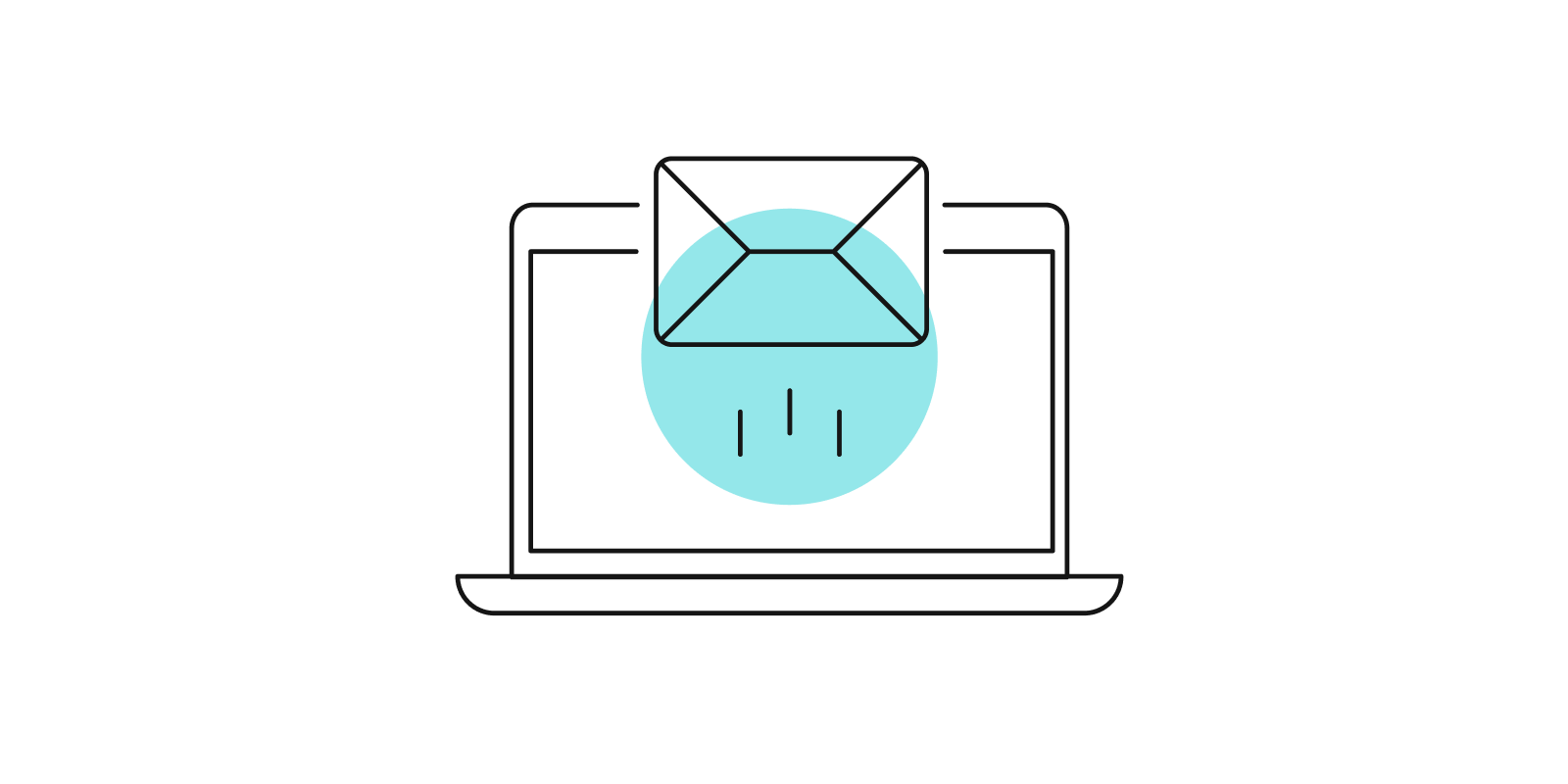
Chemist Linda Bush on mixed reality and changing the way people learn

Linda Bush is the Director of STEM, Nursing, Business Studies and Program Development for Smarthinking, Pearson’s Online Tutoring Service. In this role, she manages hundreds of subject expert tutors for college-level online academic support, provides consultative services to client institutions and faculty on optimal integration of online tutoring into their courses, and works on new programs and business opportunities for Smarthinking.
In anticipation of Educause 2018, we spoke with Linda about discovering her love of science, empowering learners, and imagining the possibilities of mixed reality.
Explain your career path to date. How did you come to work in education?
I got my undergrad degree at Bryn Mawr, and I have a PhD in organic chemistry from Yale. I was fortunate to have a mentor in graduate school who was a preeminent scholar and teacher. I learned so much from him about thinking critically, asking the right questions, and considering multiple solutions to problems.
In my work life I’ve had at least three careers so far! I was a chemistry professor, then a freelance media consultant and contributor for a textbook publisher, which sort of led to my third career as Director of Online Tutoring in STEM for Smarthinking and Pearson. All my work has been education focused. I always had such respect for my teachers, and I’m really a nerd, so education was a natural path for me. I love science and chemistry, and I’m drawn to any opportunity to share more about those subjects with anyone willing to learn.
Pearson supports Nevertheless, a podcast celebrating the women transforming teaching and learning through technology. Who or what inspired you to pursue a STEM career?
When I was growing up, our neighbor was a biology lab instructor at a local college, and she would spend hours with me looking at pond water samples under a microscope or collecting and curating bugs and snakes in our shared yards. Also, my dad had a PhD in chemistry, so although he never pressed it, that sort of thing was always on my radar. As I said earlier, I went to Bryn Mawr College, a women’s college with very strong programs in STEM, and that’s when I really found my own calling in chemistry.
I know you worked with Bryn Mawr College recently! Can you share more about the work you and your team did there?
This was really how I got involved with the Pearson Immersive team. There are features of Windows10 Skype which allow enhanced video calls between HoloLens and other devices. In 2016, the Immersive team reached out to Smarthinking to explore the potential use of this type of virtual connection for academic tutoring. I am an active alumna, so I contacted some faculty at Bryn Mawr College to see if they’d help us run some testing and focus groups with students.
Once they had HoloLens devices on campus, the instructional technology team at Bryn Mawr really made the most of them. Students jumped into the project with enthusiasm. There was tremendous interest in students learning programming and coding for mixed reality. Because of Pearson’s partnership with Microsoft, we were also able to sponsor some on-campus internship experiences. We learned a lot about app design from things the students built into their creations.
It was very empowering for those young women to have a hands-on experience with cutting-edge technology. It meant a lot to them to know that they were among a relatively small number of people worldwide who have used and developed content for HoloLens. It also meant a lot to me and the whole Pearson team to be able to share our work with them.
Explain the HoloLens to a six year old.
HoloLens is like a special set of glasses or goggles through which you can see the world around you, but with two additional features: little cameras on the front that map the contours of objects in your environment and allow you to control the device with hand gestures and transparent screens in front of your eyes on which holograms can be projected. Those holograms seem to actually take up space in your environment. While wearing the HoloLens, the holograms have presence in your world and you interact with them as though they are real physical objects.
You designed a chemistry app. Can you share the goal of this app and how it works?
Yes. I designed our HoloChemistry app. I had had a HoloLens for about a month, and I said, “We’ve got to find a way to build molecular models with this!” So I wrote a proposal with a description of the app I envisioned and the pedagogical rationale for it, then the talented developers on the Immersive team made it happen.

Linda Bush
Understanding molecular geometry and having the ability to translate two-dimensional drawings into three-dimensional relationships, known as visuospatial reasoning, are key skills for chemistry students. Experienced chemists just do these things in their heads. The progression from working with drawings and physical models to manipulation of mental models in chemistry has been studied, and it turns out that the earlier learners progress to mental models, the more successful they are in any STEM discipline.
The way I look at it, the missing link between physical and mental models is a hologram! So the HoloChemistry app is the mixed reality equivalent of a traditional ball-and-stick model kit. It allows you to create, save, and share three-dimensional holographic molecular models, and also to interact with those models in a way that was not previously possible in any medium.
The version of the app we currently have is useful for common learning objectives in first and second year chemistry. There will likely be updates in the future that will expand the capabilities for more complex molecules and possibly even research applications.
Mixed reality specifically is gaining popularity in healthcare as it helps to train nurses more efficiently. Can you speak to the success of HoloPatient?
Quality training in nursing and other healthcare disciplines is incredibly expensive and prescriptive, causing significant challenges for many institutions. Mixed reality allows students to engage with content and information that ensures a full range of standardized experience in a medium that best replicates real-life. That idea of “presence” that I mentioned before means that there is a physical and emotional response to holographic content, and that increases the impact and intensity of the learning experience. Additionally, nursing is very collaborative and the mixed reality medium enables a group to easily discuss holographic content they are viewing together.
How does your work today empower learners?
In online tutoring, we provide assistance right at the student’s moment of need, but we don’t solve problems for students. Rather, we guide them, helping them practice and gain the confidence they need to succeed on their own. A lot of students aren’t getting that kind of personalized attention and encouragement otherwise.
In my work with Pearson Immersive, we are giving students new ways to experience and understand what they are learning. Technology has been a great gift to education, but it’s been limited to a two-dimensional interface in most cases. In science, there are a lot of things that are dangerous, too small, hidden from sight, or intangible. Students can easily feel distanced or detached from the lesson. With immersive experiences, the student is able to interact with what they’re learning in an engaging and impactful way.
What’s the most exciting project that you’ve worked on at Pearson?
Definitely the mixed reality apps because I’ve been able to be a part of opening a door to a world that’s not been accessible before. The way they bring delight and even joyful engagement to the process of learning hard things is just amazing. Also, it’s incredibly creative work in a way that is going to advance education and change the way people learn. It’s not just the next step on a long path of educational products, it’s a quantum leap.
What else do you think will one day be possible through mixed reality innovations?
I think it’s not too long before broader integration of haptic feedback will allow us to explore and understand some fundamental concepts in physics, chemistry, and biology in a rapid and intuitive way that could really advance teaching and research in these areas.
The emotional and empathic response we can have with mixed reality could be used in all kinds of beneficial behavioral treatments. Obviously there are pros and cons to that, but if handled properly a lot of good could be done.
Finally, imagine standing at a historic site like Little Big Horn, Culloden, or the Pyramids of Giza and moving about freely, wearing a mixed reality headset that connects directly to the Cloud to show you an interactive recreation of what happened there. You could ask questions and get them answered by the holographic “people” you encounter. What better way to learn history than to immersively experience it?
What’s next for you and your work?
I hope to do a lot more work with mixed reality apps for STEM and for other disciplines as well. There’s so much potential there. It’s essential that we continuously seek out what learners need and what the market wants. We must keep discovering where we can use this technology to do things that are critically important to the learning or training process—things that we can’t effectively accomplish by traditional methods.
Attending EDUCAUSE? Learn how you can engage with Pearson during sessions and at our booth.
About the author

Robin Beck
Robin Beck is a former teacher and a staff writer for Pearson. She resides in Atlanta.arperCollins). More information can be found on her website, chelseyphilpot.com.



